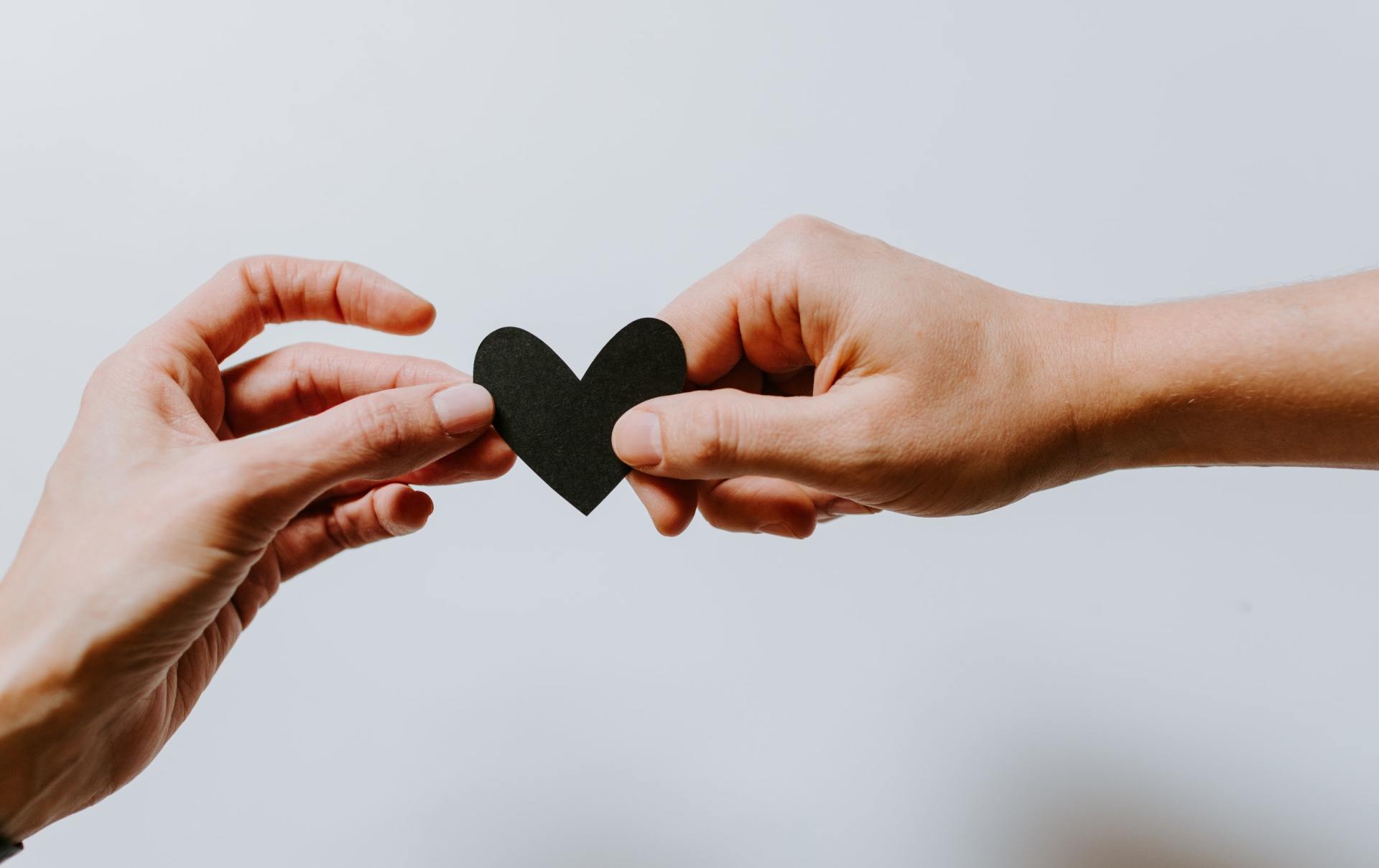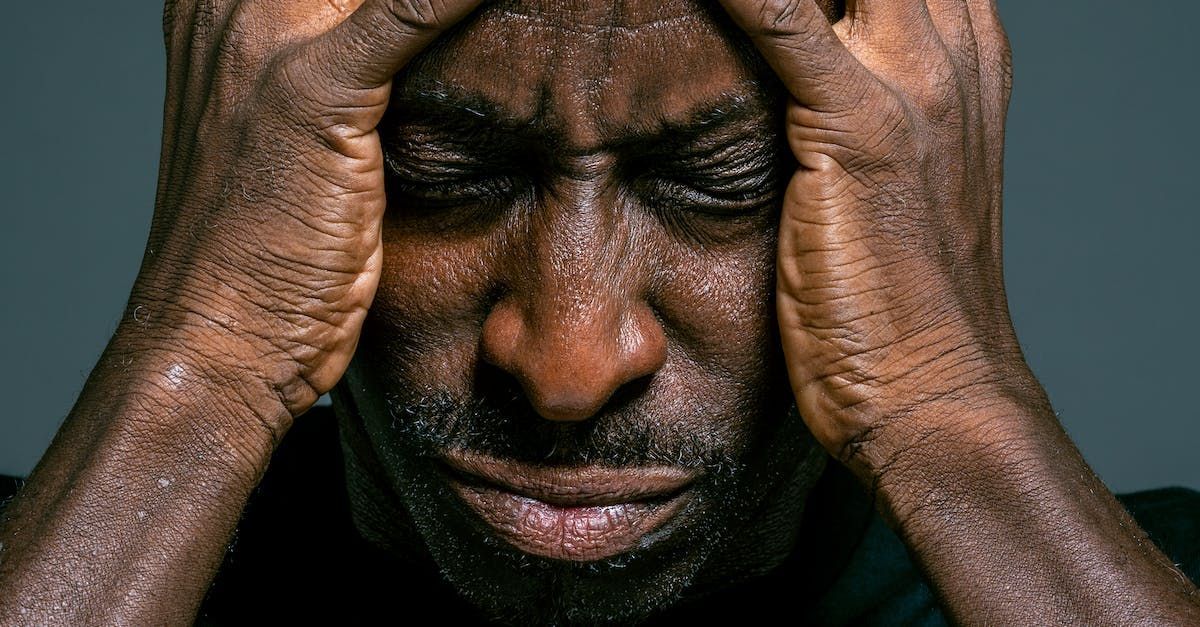How a Damaged Attachment Cycle Can Lead to Addiction and Damage Your Relationship

Attachment Cycle vs. Damaged Attachment Cycle
Why is it important to understand what an attachment cycle is? Did you know how you attached to your caregivers as a baby, influences how you connect to others today?
The main idea of the attachment cycle is that our loved ones meet our physical and emotional needs. We repeat this cycle hundreds of thousands of times. However, if our needs are not met, beginning as early as in the womb, it can have very negative consequences.
Let's look at a secure versus an insure attachment cycle.
A secure attachment cycle:
1. A need arises (the baby needs food)
2. Communicate need (baby begins to cry)
3. Caretaker responds (soothes and feeds)
4. Satisfaction (baby eats)
5. Relaxation sets in (baby is no longer crying)
6. Safety and trust form (baby connects to the caregiver)
A damaged attachment cycle begins the same, however, at step 3:
3. The caregiver does not respond (leaves baby to cry)
4. Further dysregulation (baby cries louder, longer)
5. Caregiver responds with anger or resentment
6. Feelings of safety and trust decrease (baby doesn't learn to trust, rage or apathy develop instead)
When our needs are not met, we form a damaged attachment cycle known as an insecure attachment.
A damaged attachment cycle can lead to addiction. In a relationship, addiction often leads to a damaged attachment cycle. Trust and safety within a relationship diminish when our needs are not met. The good news is, all attachment cycles can be fixed.
Why a damaged attachment cycle can lead to addiction
Turning to addiction is common if you have a damaged attachment cycle. As humans, we have an instinctive need for connection and getting our needs met. Unmet needs lead us to find other ways to get our needs met. As a result, substances, pornography, or alcohol can become reliable sources of self-soothing. Attachment disorders and low self-esteem seem to go hand-in-hand. As a result, you carry these behaviors into relationships, and the cycle continues on.
Addiction temporarily masks emotions. As a result, life becomes unmanageable and uncomfortable without it. This may leave you feeling irritable, frustrated, and vulnerable. Thus, it becomes easy to push your loved one away. Your needs are being met through your addiction, while your partner is learning she can't rely on you. The good news is, if you're ready to leave your addiction behind, we can help you move forward. We can help you create a secure attachment within your relationship.
3 ways you and your partner can start to heal a damaged attachment cycle
- The first and hardest step is often admitting there's a problem. Often, addiction leads to complete unawareness of the issues at hand. Acknowledging the problem opens the door to recovery. Likewise, after recognizing your addiction, you can begin to break down the defensive wall surrounding it.
- Learn about your attachment styles. Both you and your partner will benefit by learning about both of your attachment styles. Often, people with insecure attachments form relationships with each other. As each of you begin to understand your behaviors, you'll be able to see where the breakdown is happening. Furthermore, efforts become more effective when you are aware of the behaviors you need to change.
- Go to therapy. A therapist can help you and your relationship in so many ways. Through counseling sessions, you can work towards recovery. Likewise, you and your spouse can focus on repairing your damaged attachment cycle. Going to therapy can help you develop a secure attachment and improve your relationship.
At SOLE Counseling, we know what a damaged attachment cycle can lead to. We also know how to fix it. We can help you overcome the obstacles you're facing. Please schedule an appointment today.







